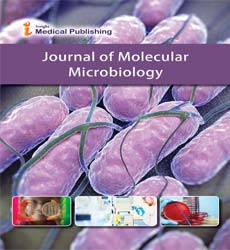Regeneration in prosthodontics a challenge?
Abstract
The ultimate goal of prosthodontic treatments should be to regenerate the missing teeth together with the periodontal structures. Many prosthodontists have thought “I could have achieved a better treatment outcome if regenerative therapies were more readily available.” To date, prosthodontists have been managing missing teeth/alveolar bone by “replacement prosthodontics” using artificial materials such as dentures and dental implants. Recent development of stem cell-based regenerative medicine has introduced the concept of “regenerative prosthodontics” to our field, particularly in cases of missing teeth with severe alveolar bone resorption. This is mainly possible with the help of stem cells. Stem cells are undifferentiated biological cells that can differentiate into specialized cells and can divide to produce extra stem cells. They are originated in multicellular organism. They may be embryonic or adult stem cells. The stem cells of the dental pulp are the mesenchymal stem cells (MSC). They are the most commonly used stem cells. However, bone marrow-derived mesenchymal stem cells are a commonly used cell type for utilization in cell-based regenerative approaches in prosthodontics. They help to build the bone structures of the craniofacial region, particularly the maxilla and mandible. Stem cell therapy is one the most recent advances in the
dental field. Its use establishes a 100% success rate. Thus, knowing its value is of prime importance. The presentation includes various challenges in relation to regenerative therapies being used as well as recent trends n regenerative prosthodontics..
Open Access Journals
- Aquaculture & Veterinary Science
- Chemistry & Chemical Sciences
- Clinical Sciences
- Engineering
- General Science
- Genetics & Molecular Biology
- Health Care & Nursing
- Immunology & Microbiology
- Materials Science
- Mathematics & Physics
- Medical Sciences
- Neurology & Psychiatry
- Oncology & Cancer Science
- Pharmaceutical Sciences
